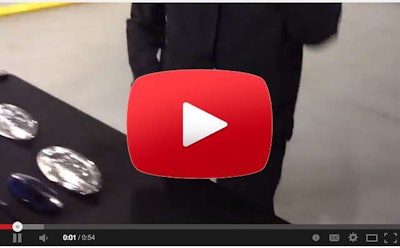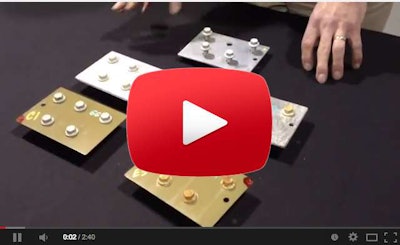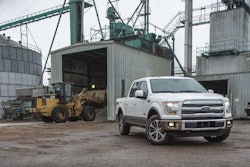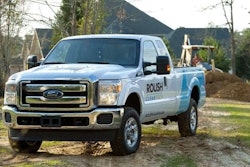
We’ve seen the commercials where trucks are put through the paces in the Arctic Circle, or forced to haul a load up a sheer incline in a sweltering Arizona desert.
The demonstrations show the pounding the trucks can take under some of the most adverse conditions; conditions likely far outside the realm of what most of us will ever ask of our vehicles. They make for cool commercials and YouTube sensations.
Using words like “military grade” and “rugged” to describe the truck’s aluminum construction, Ford is sending a message; that its flagship truck can take – and deliver – a kick to the gut.
Equally important to chassis twist and suspension exertion is how some of the smallest components perform under conditions just as extreme. What’s the point of completely reinventing a truck if some of the most basic components aren’t up to snuff?

“We’ll never go back to the old way,” she says, citing a remarkable improvement in performance.
When Ford decided to make aluminum an integral part of the new F-150’s construction, it meant going back to the drawing board for more than what many of their customers would ever realize.

Virtually every component on the truck was either tested or improved as part of the development of the 2015 F-150. If you’re going to turn the truck business on its ear, go all the way, right?
Paints and plastics were exposed to harsh light, which simulated sun exposure. Jeff LaDuke, a Ford Material Engineer, used xenon gas-fired lamps to put paints, coatings and fabrics through the sun-bleaching paces. Other engineers, using a machine that looks like a sewing machine, simulated fingertip smudges on interior surfaces and found a need to reengineer some of their graphics to ensure they didn’t rub off over time.
Ford beat its 2015 model up more vigorously (and for a longer duration) than any truck in the company’s history. And with every blow, Ford says the truck withstood the punishment or gave engineers an opportunity to improve the country’s best selling truck.
The 2015 F-150 is expected to arrive at dealerships in the fourth quarter of this year. Yours may not arrive with any battle scars, but the battle tested engineering will be apparent.









